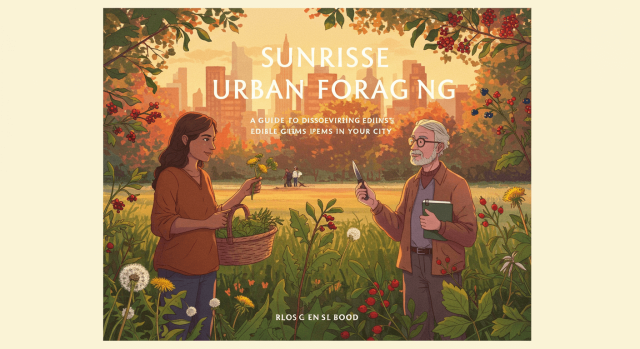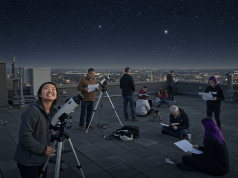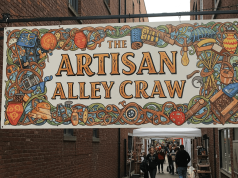Imagine slipping quietly through a half-awake city just as the first pink rays of dawn stretch across skyscrapers and sidewalks. The urban bustle is still resting, and hidden among the manicured lawns, vacant lots, and cracked sidewalks lie edible gems: wild greens, fragrant herbs, berries, and even mushrooms waiting to be discovered.
Why Forage at Sunrise?
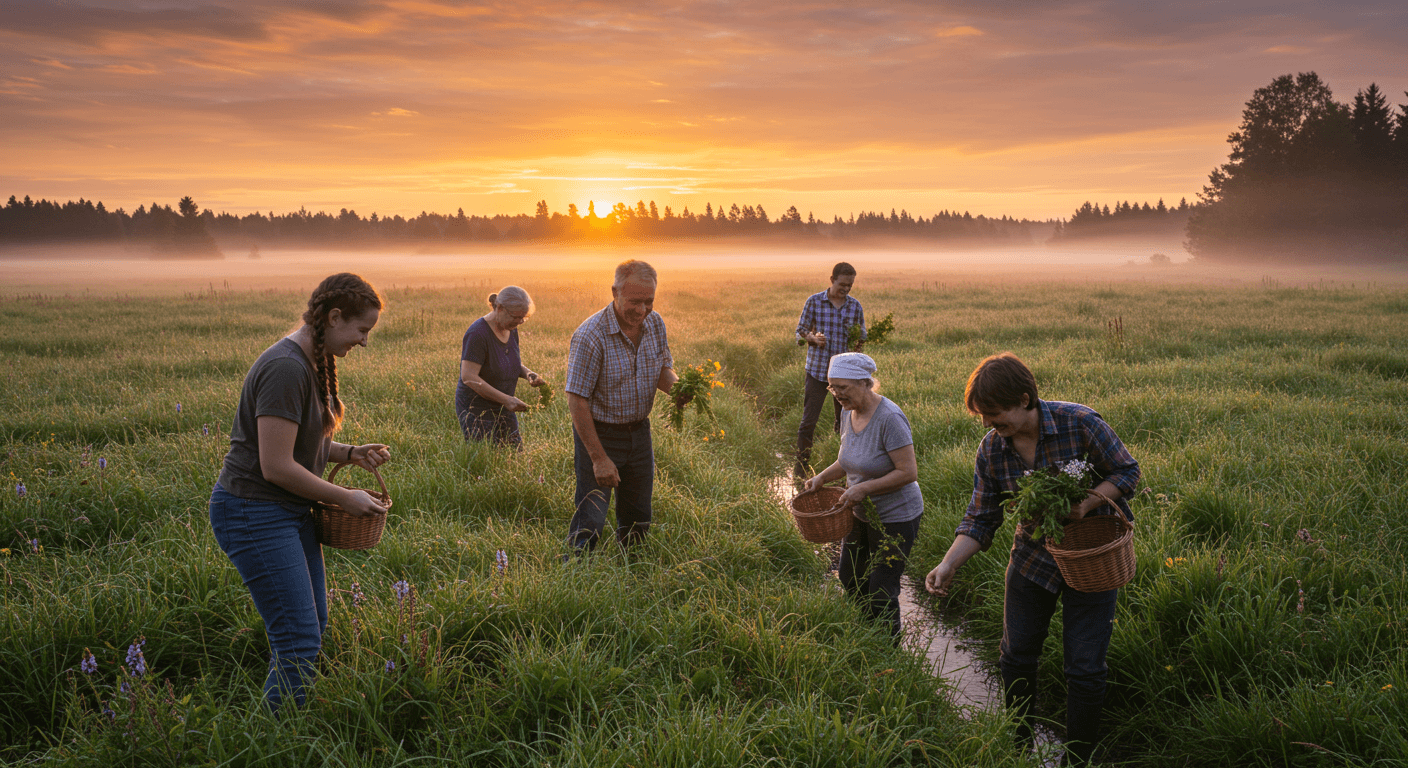
Foraging at dawn offers a string of natural and practical benefits. First, the early hour ensures you have more privacy and fewer disturbances from foot traffic. Plants hold onto morning dew, making leaves crisp and fragrant. Cooler temperatures reduce insect activity and protect delicate specimens. Finally, sunrise’s golden hour adds an element of serenity: the city hums softly, and you become part botanist, part explorer. Learn more about Rooftop Stargazing Sessions.
Understanding Urban Foraging Basics
Before you set out with a basket and pocket knife, it’s essential to cover foundational knowledge:
- Know Your Plants – Study local field guides and apps to correctly identify edible species and distinguish them from look-alikes that could be toxic.
- Scout Locations – Public parks, riverbanks, vacant lots, and community gardens often host wild herbs like nettles, chickweed, and dandelion. Street trees can yield mulberries, elderflowers, or hackberries.
- Check Local Regulations – Some municipalities prohibit plant removal in public parks or require permits. Always respect signs and posted guidelines.
- Health & Safety First – Avoid sites exposed to heavy traffic, pesticides, or industrial runoff. Wash all foraged items thoroughly before consuming.
Top Edible Finds for Urban Foraging
Here are some beginner-friendly picks you might encounter:
- Dandelion (Taraxacum officinale) – Entirely edible: roots, leaves, and flowers. Young leaves are less bitter and perfect for salads.
- Purslane (Portulaca oleracea) – A succulent ground cover rich in omega-3s, with a pleasant lemony taste.
- Chickweed (Stellaria media) – Mild, grassy flavor suitable for sandwiches or pesto.
- Mulberries (Morus spp.) – Sweet, purple or black berries hanging from street trees in late spring.
- Woodland Mushrooms – Chestnut mushrooms and oyster mushrooms sometimes colonize fallen logs in park groves. Only harvest if you’re 100% certain of the species.
Essential Tools and Gear
You don’t need fancy equipment, but a few items will keep your foraging smooth and safe:
- A Sharp Knife – For clean cuts on stems and mushroom stalks.
- Basket or Mesh Bag – Allows air circulation and lets seeds fall, promoting plant regrowth.
- Field Guide or Plant ID App – Refer constantly to avoid misidentification.
- Gloves and Hand Sanitizer – For protection against thorns, insects, and unexpected soil contaminants.
- Journal or Smartphone – Take notes, snap photos, and record GPS waypoints for future trips.
Ethical and Sustainable Practices
Respect for nature and your community is at the heart of ethical foraging:
- Harvest Moderately – Never take more than 10–20% of a local patch. Leave enough for wildlife and for plants to regenerate.
- Rotate Sites – Avoid straining a single neighborhood spot. Explore different parks or blocks each week.
- Share the Knowledge – Educate friends and neighbors about safe foraging, or host a small dawn tour.
- Leave No Trace – Refill any holes you dig, replace mushrooms cleanly, and pick up any litter you find.
Planning Your Sunrise Adventure
A good plan ensures you maximize daylight and minimize surprises:
- Check Sunrise Times – Aim to arrive 15–30 minutes before dawn to catch golden hour and spot dew-covered specimens.
- Dress in Layers – Early mornings can be chilly. Wear moisture-wicking fabrics and sturdy shoes.
- Map Your Route – Pre-select 2–3 spots within walking or cycling distance to avoid losing time traveling by car.
- Pack Hydration & Snacks – A thermos of tea and a light snack will keep energy levels up as you explore.
Turning Foraged Finds into Delicious Meals
Your urban harvest can effortlessly upgrade everyday cooking:
- Dandelion Salad – Toss young dandelion leaves with olive oil, lemon juice, shaved Parmesan, and toasted pine nuts.
- Purslane Tabbouleh – Replace parsley with chopped purslane for a tangy twist on the classic Levantine salad.
- Mulberry Compote – Simmer fresh mulberries with a splash of honey and vanilla to top yogurt or toast.
- Wild Mushroom Stir-Fry – Sauté urban-harvested mushrooms with garlic, soy sauce, and spring onions for an umami punch.
Building Community and Sharing Stories
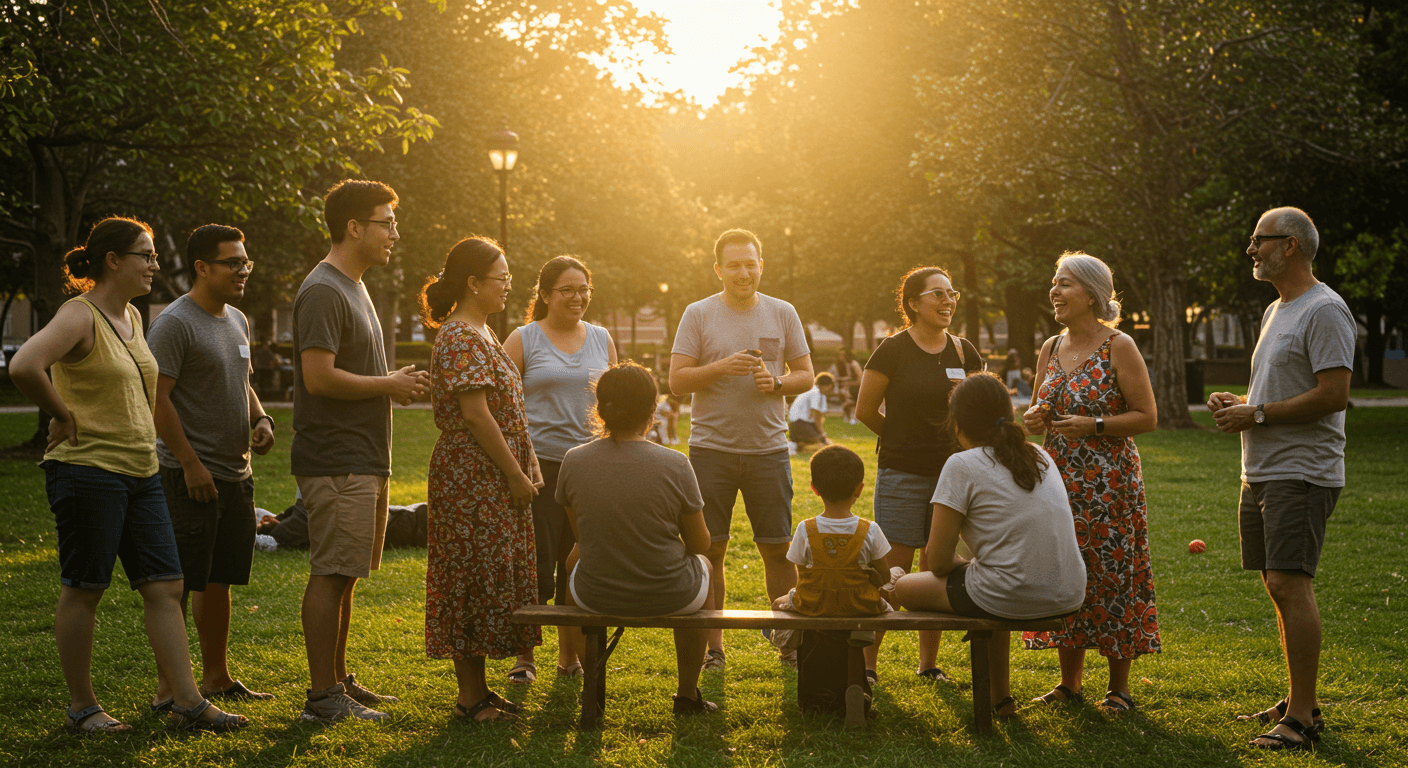
Urban foraging can spark new friendships and local pride. Consider:
- Hosting a Dawn Foraging Meetup – Invite neighbors to explore a park together, share findings, and compare recipes.
- Creating a City Forage Map – Use an online platform or social media hashtag to document safe, permitted foraging spots.
- Collaborating with Local Chefs – Donate or trade your harvest with a nearby café or restaurant for a community pop-up event.
Conclusion
Sunrise urban foraging is more than a trendy pastime—it’s a way to reconnect with nature, sharpen your senses, and celebrate the edible diversity hiding in plain sight. With careful identification, respect for local ecosystems, and a spirit of adventure, you can transform concrete corridors into bountiful larders and start every day with a truly fresh perspective. So set your alarm, lace up your shoes, and embrace the golden dawn of your city’s hidden harvests.

